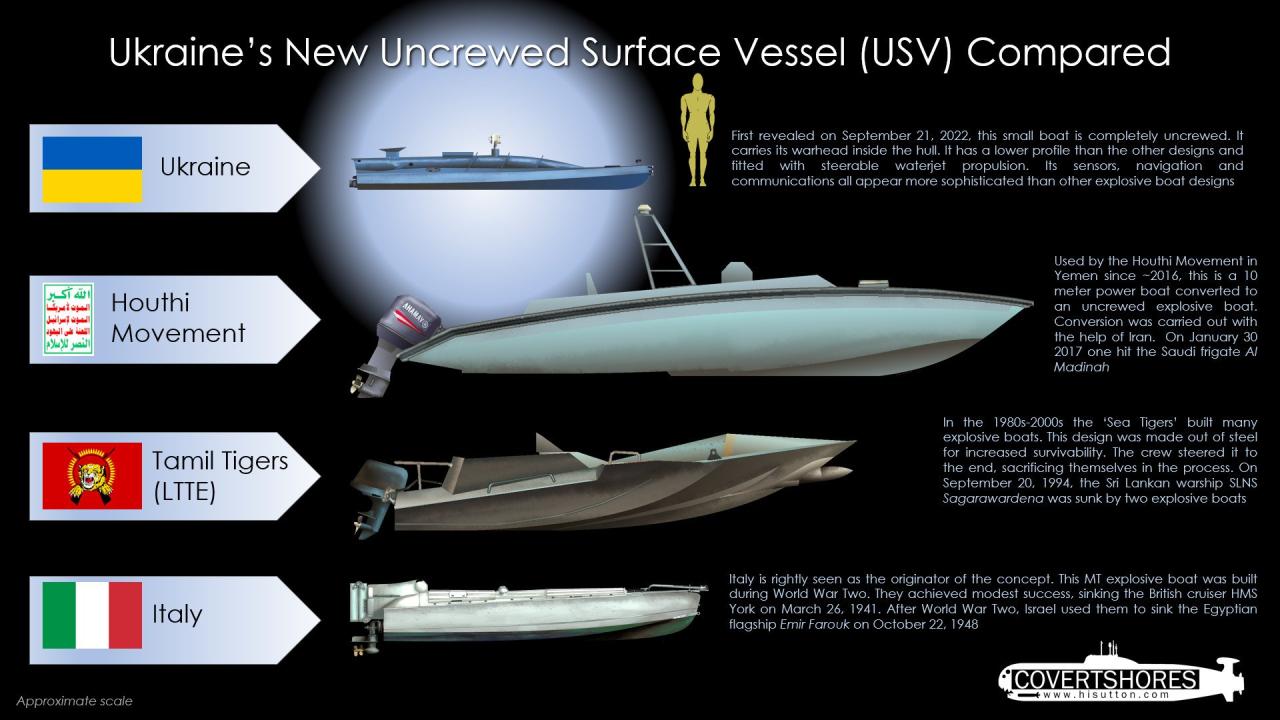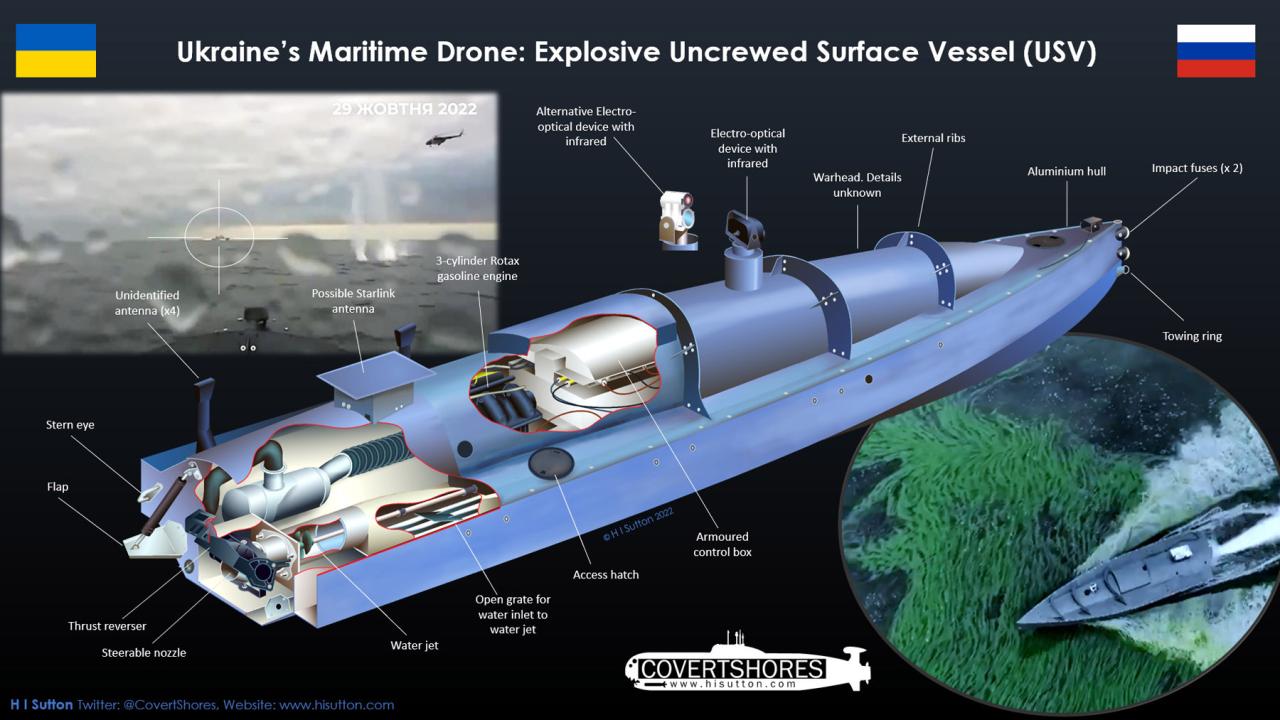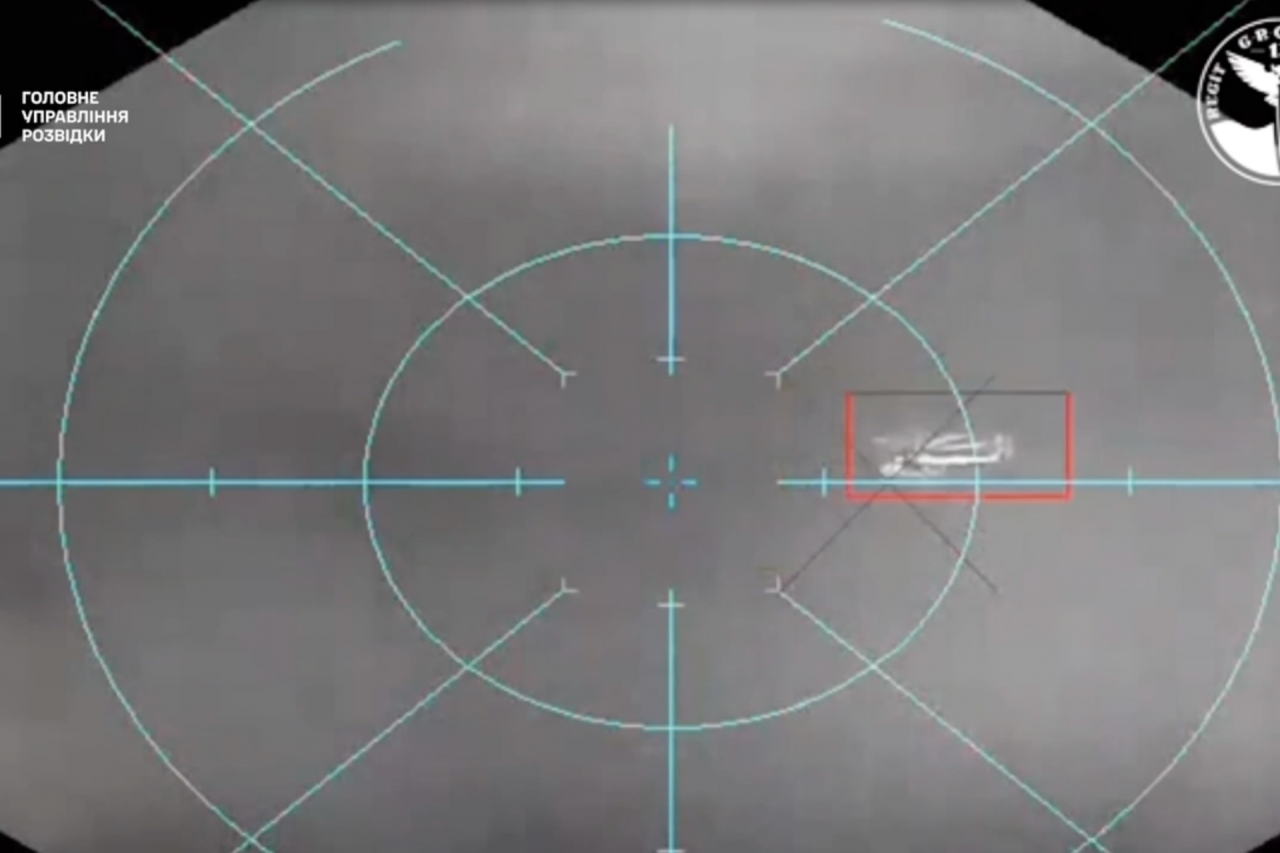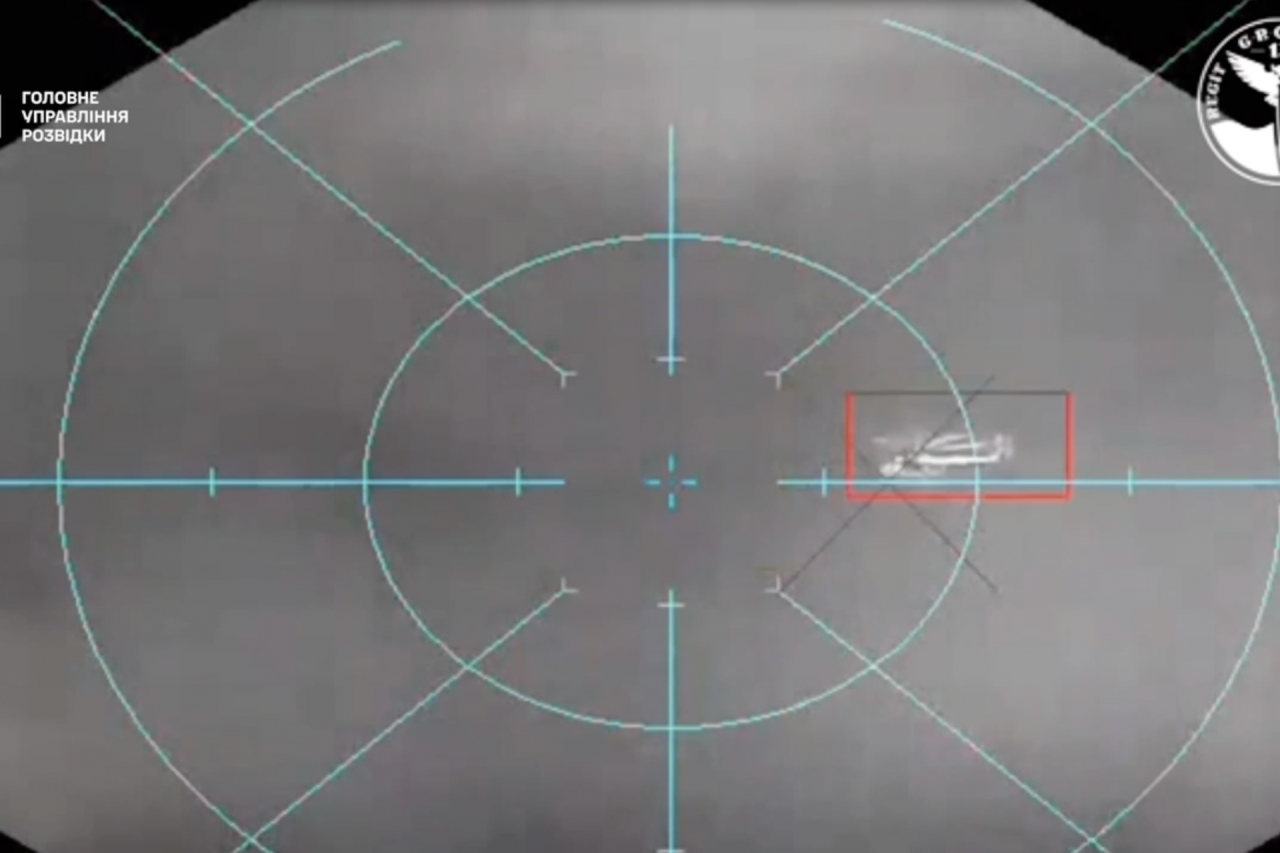Ukrainian sea drones are rapidly changing naval warfare. This exploration delves into their technological advancements, operational tactics, and global impact. We’ll examine their design, capabilities, and the strategic implications of their use in modern conflict. Get ready to learn about these game-changing unmanned vessels.
From their construction materials and communication systems to their deployment strategies and effectiveness against various naval targets, we’ll cover all the key aspects. We’ll also look at potential future developments and the challenges involved in their continued advancement.
Ukrainian Sea Drone Technology

Ukraine’s innovative use of unmanned surface vessels (USVs), commonly referred to as sea drones, has significantly impacted the ongoing conflict and redefined naval warfare tactics. These relatively inexpensive yet effective platforms are proving to be a game-changer, challenging traditional naval power dynamics. This article delves into the technological aspects, operational capabilities, impact, and future potential of these remarkable seaborne drones.
Types of Ukrainian Sea Drones
Ukraine employs a variety of sea drones, each designed for specific missions. While precise details remain classified, several distinct types have been observed or reported. These vary in size, payload capacity, range, and propulsion systems. The following table offers a generalized comparison, acknowledging that exact specifications are often kept confidential for security reasons.
Ukraine’s naval capabilities have seen a boost with the development of innovative sea drones. These unmanned vessels are proving surprisingly effective, and you can learn more about their design and deployment by checking out this detailed article on a specific model: ukrainian sea drone. Understanding these drones is key to grasping Ukraine’s evolving naval strategy and its impact on the ongoing conflict.
| Drone Type | Size (Approximate) | Payload Capacity (Approximate) | Range (Approximate) | Propulsion |
|---|---|---|---|---|
| Small, Inshore Drone | Several meters in length | Small explosive charge or reconnaissance equipment | Up to tens of kilometers | Electric motor |
| Medium-Range Drone | Several to ten meters in length | Larger explosive payload or multiple sensors | Hundreds of kilometers | Electric motor or hybrid system |
| Larger, Coastal Drone | Tens of meters in length | Significant explosive payload or specialized equipment | Potentially hundreds of kilometers | Electric motor or hybrid system |
Navigation and Guidance Systems
Ukrainian sea drones utilize a combination of GPS, inertial navigation systems (INS), and potentially other sensor data for navigation. Guidance systems likely involve pre-programmed waypoints, satellite communication for course corrections, and possibly autonomous obstacle avoidance algorithms. The exact specifics of these systems are not publicly available.
Materials and Durability, Ukrainian sea drone
The construction materials are likely chosen for their balance of strength, weight, and cost-effectiveness. Fiberglass reinforced polymers (FRP) are a likely candidate due to their strength-to-weight ratio and relative ease of manufacturing. The drones are designed to withstand impacts and harsh marine environments, although the level of damage resistance varies based on the drone’s size and mission.
Communication Systems
Reliable communication is crucial for drone operation. Satellite communication is likely employed for long-range control and data transmission, while shorter-range systems, such as radio frequency (RF) links, might be used for closer proximity operations. The exact communication protocols and encryption methods are classified information.
Operational Capabilities and Tactics
Deployment and recovery methods are likely tailored to the specific drone type and mission. Smaller drones may be launched from smaller vessels or even the shore, while larger drones might require specialized launch systems. Recovery may involve self-destruct mechanisms or retrieval systems, depending on the circumstances.
Tactical Roles of Ukrainian Sea Drones
Ukrainian sea drones fulfill diverse tactical roles. These include reconnaissance missions, gathering intelligence on enemy positions and movements. They are also used for anti-ship warfare, employing explosive payloads to target enemy vessels. Mine-laying capabilities are also reportedly being developed or utilized, creating hazards for naval operations.
Effectiveness Against Naval Targets

The effectiveness of Ukrainian sea drones varies depending on the target type and the drone’s capabilities. Smaller, less protected vessels are more vulnerable to drone attacks, while larger, heavily armed warships may have better defenses. However, the element of surprise and the potential for swarm tactics can significantly enhance the drones’ effectiveness.
Ukrainian sea drones are making waves, proving their effectiveness in naval warfare. It’s a far cry from the dazzling spectacle of a drone show, like the amazing shanghai dragon drone show , but both highlight the diverse applications of unmanned aerial vehicles. The precision and adaptability of Ukrainian sea drones are, however, equally impressive in their own right, showcasing a different side of drone technology.
Hypothetical Drone Attack Scenario
Imagine a scenario where a swarm of medium-range drones is deployed from a concealed location. Intelligence identifies a lightly protected Russian patrol boat as the target. The drones, guided by GPS and possibly aided by real-time intelligence feeds, approach the target undetected. Simultaneous strikes overwhelm the patrol boat’s defenses, resulting in significant damage or destruction. The drones then either self-destruct or attempt a covert recovery.
Ukrainian sea drones are making waves in military tech, showcasing impressive capabilities. It’s a far cry from the dazzling spectacle of a coordinated drone display, like the one you can see at the china new year drone show , which uses hundreds of drones for artistic light shows. But both examples highlight the rapidly evolving uses of drone technology, from military applications to entertainment.
Impact and Implications: Ukrainian Sea Drone
The use of Ukrainian sea drones has had a notable impact on the conflict and broader naval warfare strategies. Several documented instances exist where these drones have successfully targeted Russian naval assets, causing damage and disrupting operations.
Strategic Implications and Global Arms Market
The successful employment of these relatively inexpensive drones demonstrates the potential for asymmetric warfare, challenging the dominance of larger, more expensive naval platforms. This has significant strategic implications, particularly for smaller navies with limited budgets. The success of Ukrainian sea drones has also spurred interest in similar technology globally, influencing the global arms market.
Countermeasures Against Sea Drones
- Improved radar and sonar systems to detect drones.
- Electronic warfare systems to jam drone communications.
- Directed energy weapons (lasers) to disable or destroy drones.
- Anti-drone nets and other physical barriers.
- Underwater acoustic countermeasures to detect and disrupt underwater drones.
Future Developments and Potential
Future advancements in Ukrainian sea drone technology could lead to increased autonomy, improved sensor capabilities, and enhanced lethality. Improvements in battery technology are crucial for extending operational range and endurance. The integration of artificial intelligence and machine learning could lead to more sophisticated autonomous navigation, target recognition, and decision-making.
Challenges and Limitations

Current challenges include limited range and endurance, vulnerability to electronic countermeasures, and the need for improved countermeasures against sophisticated defense systems. The development of more resilient and adaptable drones is also crucial to counter evolving threats.
AI and Autonomous Systems
Integrating AI could significantly enhance the capabilities of future drones, enabling them to perform complex tasks with minimal human intervention. This includes autonomous navigation, target identification, and even decision-making during combat scenarios. However, ethical considerations surrounding autonomous weapons systems need to be carefully addressed.
Impact of Improved Battery Technology
Advancements in battery technology, such as higher energy density batteries, would dramatically extend the operational range and endurance of Ukrainian sea drones. This would allow for longer missions, greater operational flexibility, and the ability to target more distant objectives.
Illustrative Examples
Let’s consider a specific example, a hypothetical “Neptune-class” drone. This medium-sized drone is approximately 8 meters long, with a streamlined, torpedo-like hull made of fiberglass-reinforced polymer. It has a distinctive, slightly raised control surface at the rear. Its payload capacity is approximately 200 kg, allowing for a significant explosive charge or specialized sensors. It’s propelled by an electric motor and has a range of up to 200 kilometers.
Drone Strike Visual Description
Imagine a nighttime scene. A Neptune-class drone, its silhouette barely visible against the dark water, approaches a Russian landing craft. The drone maintains a low profile, utilizing the cover of darkness. As it gets within striking distance, it accelerates, and its payload detonates against the side of the landing craft, causing a large explosion and fire. Debris and flames erupt from the stricken vessel, highlighting the effectiveness of the drone strike.
Ending Remarks
Ukrainian sea drones represent a significant shift in naval power dynamics. Their relatively low cost, adaptability, and surprising effectiveness have proven invaluable in the ongoing conflict. As technology continues to advance, we can expect to see even more sophisticated and impactful applications of these unmanned systems, reshaping the future of maritime warfare globally. Their impact extends beyond the battlefield, influencing the global arms market and prompting the development of countermeasures.
Key Questions Answered
How are Ukrainian sea drones powered?
Different models use various propulsion systems, including electric motors and possibly internal combustion engines, depending on size and mission requirements.
What is the typical lifespan of a Ukrainian sea drone?
Lifespan varies greatly depending on the model and operational conditions. Factors such as environmental exposure and mission intensity affect their longevity.
Are these drones reusable?
Some are designed for single-use missions, while others are recoverable and reusable after missions, depending on their design and mission profile.
What kind of payloads can they carry?
Payload capacity depends on the drone’s size and design. This can include explosives for attacks, sensors for reconnaissance, or other specialized equipment.
